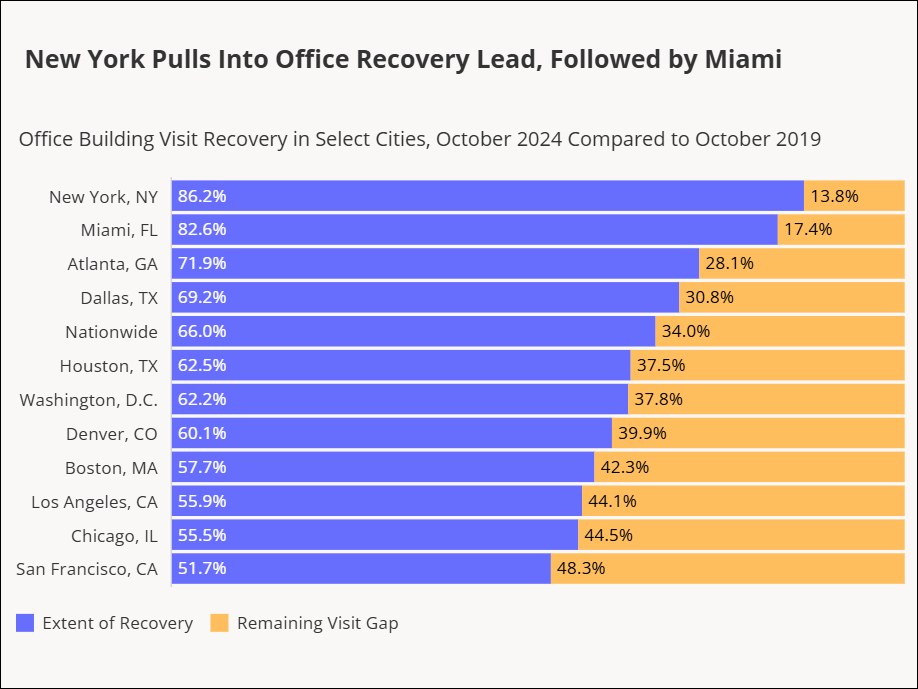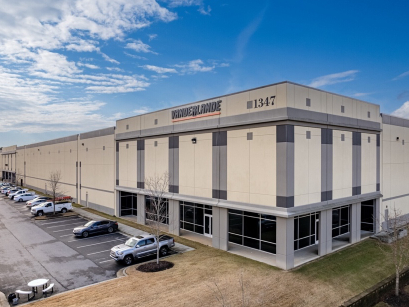Steve Jones: Retailers Must Deliver on Customer Service and Experience to Compete with Online Merchants
It’s easy for store retailers competing with online retailers to feel like they are pushing a boulder up a mountain in today’s web-driven economy. Price-conscious, computer-savvy shoppers will almost always find an item cheaper on the Internet than in local stores. The good news is that not all consumers shop on price alone. According to…
 It’s easy for store retailers competing with online retailers to feel like they are pushing a boulder up a mountain in today’s web-driven economy. Price-conscious, computer-savvy shoppers will almost always find an item cheaper on the Internet than in local stores. The good news is that not all consumers shop on price alone. According to a Deloitte survey, nearly a third of consumers want to see the actual product before purchasing it, which validates the role of the brick-and-mortar store. Another survey by Ipsos reports that 59 percent of U.S. shoppers prefer to make their purchase in-store as opposed to online or via a mobile device.
It’s easy for store retailers competing with online retailers to feel like they are pushing a boulder up a mountain in today’s web-driven economy. Price-conscious, computer-savvy shoppers will almost always find an item cheaper on the Internet than in local stores. The good news is that not all consumers shop on price alone. According to a Deloitte survey, nearly a third of consumers want to see the actual product before purchasing it, which validates the role of the brick-and-mortar store. Another survey by Ipsos reports that 59 percent of U.S. shoppers prefer to make their purchase in-store as opposed to online or via a mobile device.
The critical components of consumer buying habits are price, customer service and experience. Every consumer weighs these considerations differently, but each store needs to stand out in at least one, and preferably two, of these areas to be competitive.
Use Physical Advantages
Much has been said about the price advantages of the Internet, but there are many other ways that brick-and-mortar stores hold the edge for consumers. A major advantage is visual and tactile: shoppers can see, touch, sample or try on items. For consumers who have been disappointed by merchandise that didn’t live up to its photos online, this assurance is important.
Customer service is more of a mixed bag. The Internet, with its virtual inventory, often offers a better selection and is less frequently “out” of an item. However, stores offer “real” people to answer questions and offer suggestions on the spot. Plus, exchanging or returning an item to a store doesn’t require repacking, paying for shipping or waiting for an exchanged item.
Service Technologies Rival The Internet
Many traditional stores are beginning to embrace technology to rival—and even surpass—the advantage of online retailers. Besides easing the burden on store checkout personnel, technological devices are expected to boost business. According to Deloitte surveys, 36 percent of consumers would prefer to receive product information by scanning a bar code, while 14 percent would like to use a phone to pay for merchandise. Average retailer investment in mobile and tablet devices mushroomed by 276 percent in 2012 compared to 2011, and 43 percent of retailers cite them as a top digital initiative for 2013 – more than site redesign, multichannel efforts and international growth.
Experiences The Internet Can’t Match
A store or entertainment venue’s big advantage is a physical presence that permits real—not virtual—interactions with customers. One of the best examples of offering what an online merchant can’t do is AMC Dine-In Theaters, which is reviving the popular “dinner and a movie” night out but rolling them into one venue. At 10 select U.S. locations, AMC is offering one or both of these concepts:
- Fork & Screen, a family tabletop dining experience with reserved upgraded seating and a full menu ranging from crab rangoon dip appetizers, to blackened salmon and chicken alfredo entrees, to New York cheesecake desserts, along with alcoholic beverage service.
- Cinema Suites, an adults-only experience that upgrades the experience further for adults with premium recliners and a 21-and-over age policy.
Rather than fight the convenience of ordering home movies, AMC believes that many moviegoers would like to make the movie experience into a night on the town instead of a night on the couch.
Many retail store merchants are using their physical space to enable product demonstrations and other events that online retailers can’t offer. For instance, Best Buy has launched an in-store interactive kiosk program with gaming headset company Turtle Beach. Many other retailers, including Publix, Whole Foods, Macy’s, Home Depot, Pottery Barn, Apple, Lowes, Verizon and Bass Pro Shops, offer in-store classes, seminars and other activities directly connected to their products.
Designing For Success
In-store events may require conference rooms, technology ports and even kitchens that are not traditionally found in “box” stores. These need to be carefully designed to remain consistent with the store’s overall appearance and brand. Designing a retail portfolio to excel in customer service and experience is not only a smart competitive strategy, but it can be more sustainable than reducing prices. It literally pays to differentiate.
Steve Jones is a Managing Director of Jones Lang LaSalle’s Project and Development Services retail team. He can be reached at [email protected]. Jones Lang LaSalle has managed projects for many of the retailers mentioned in this article.







You must be logged in to post a comment.